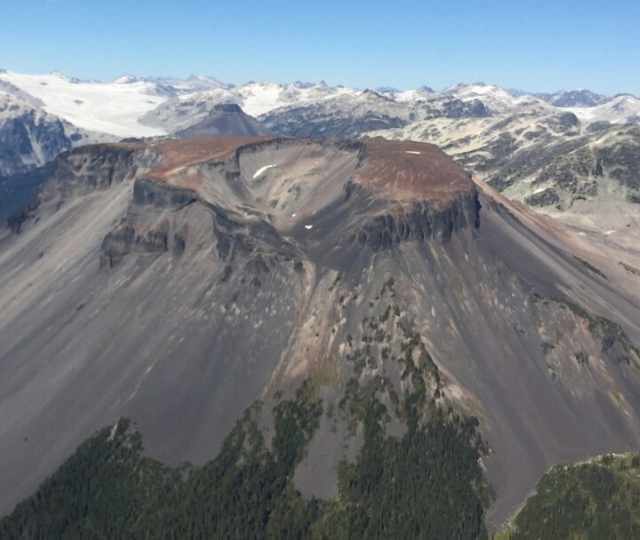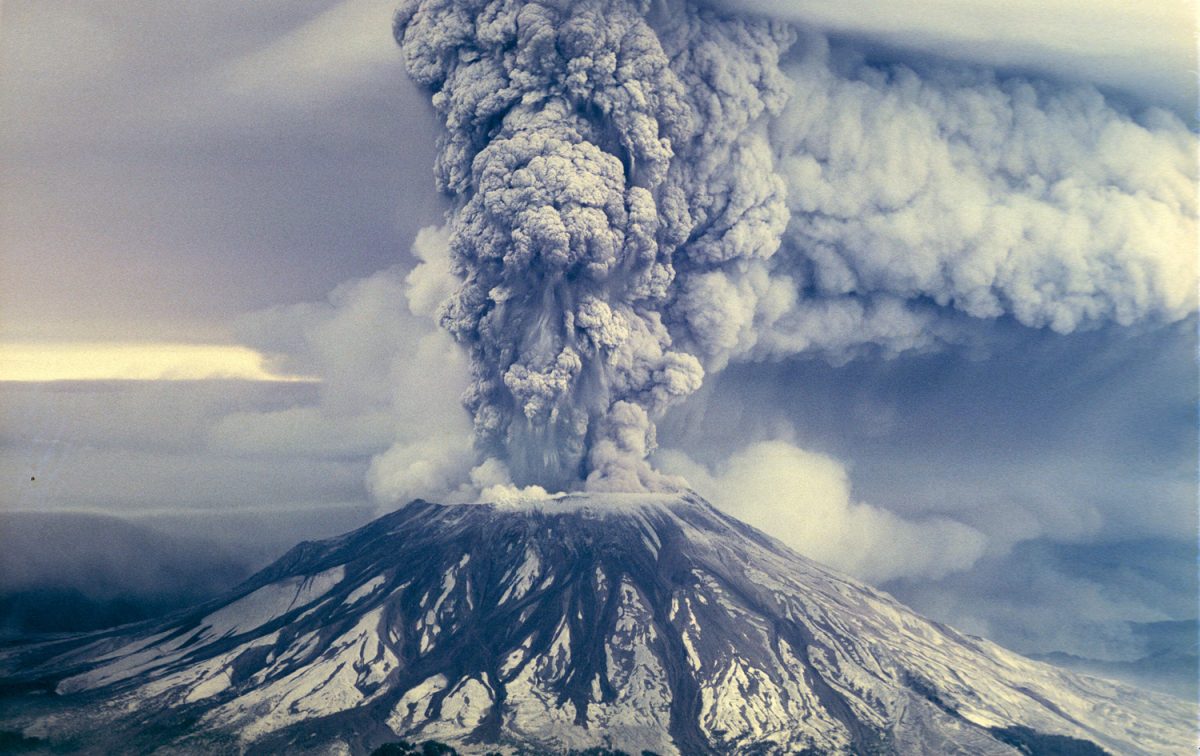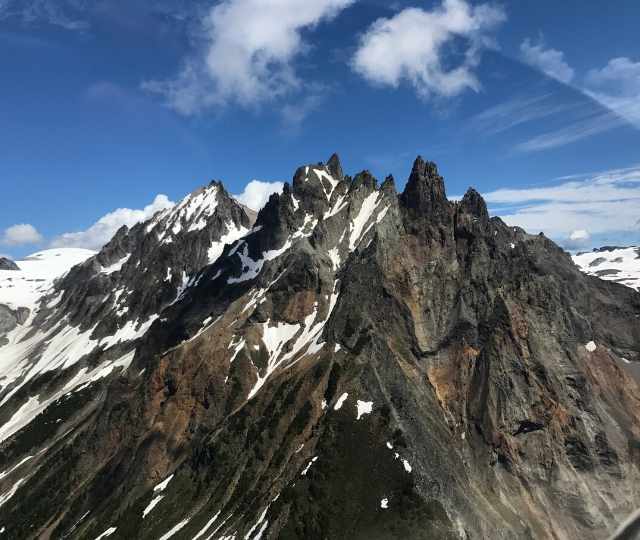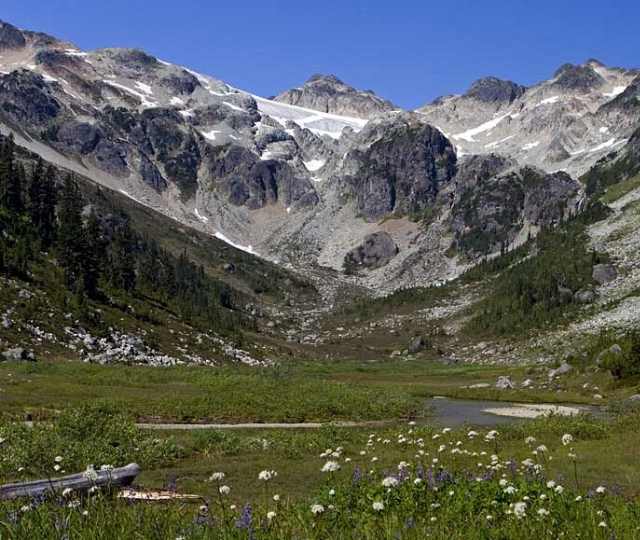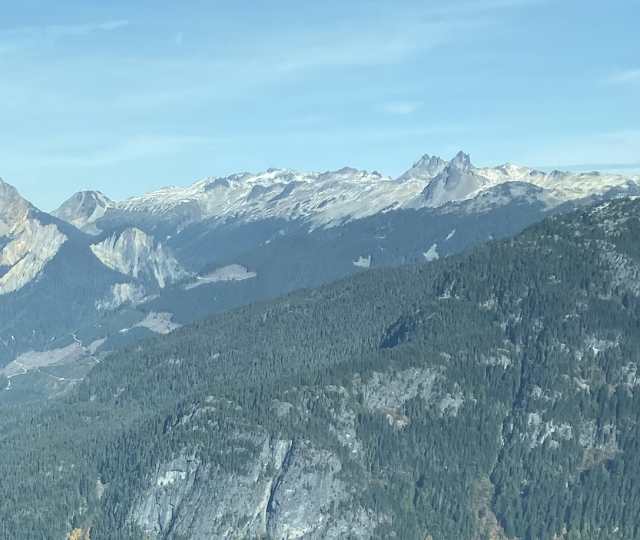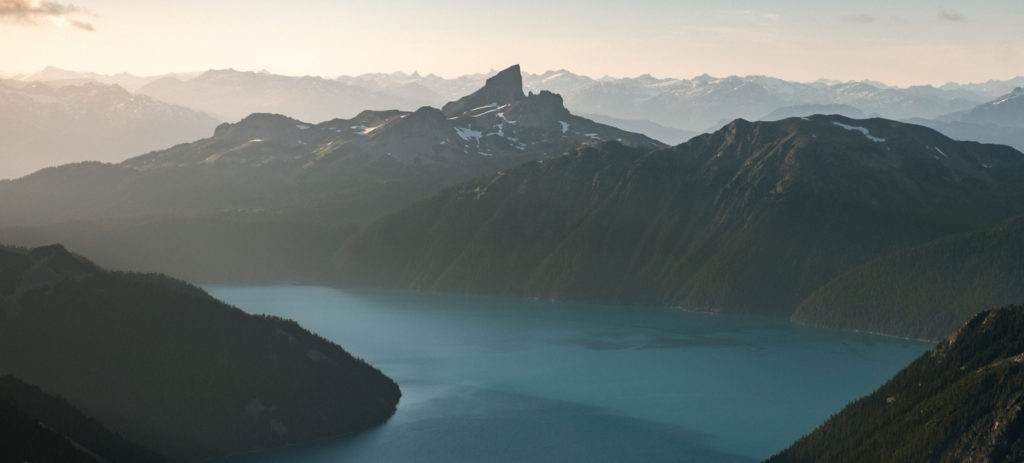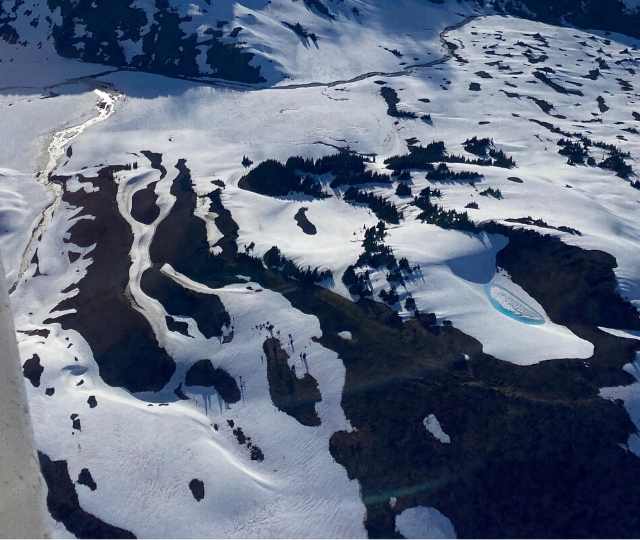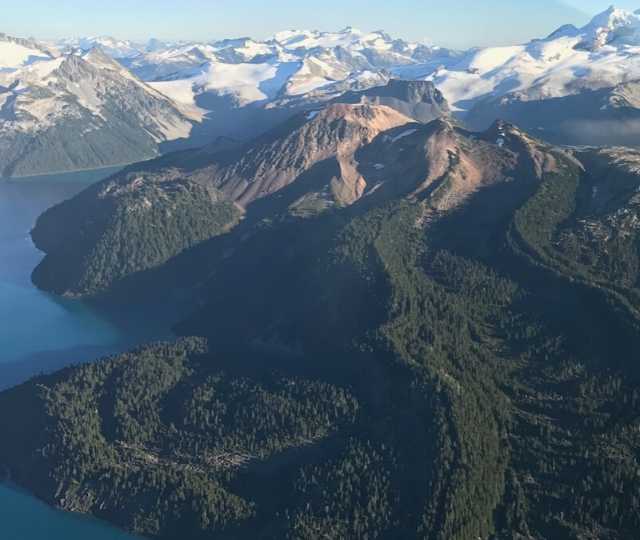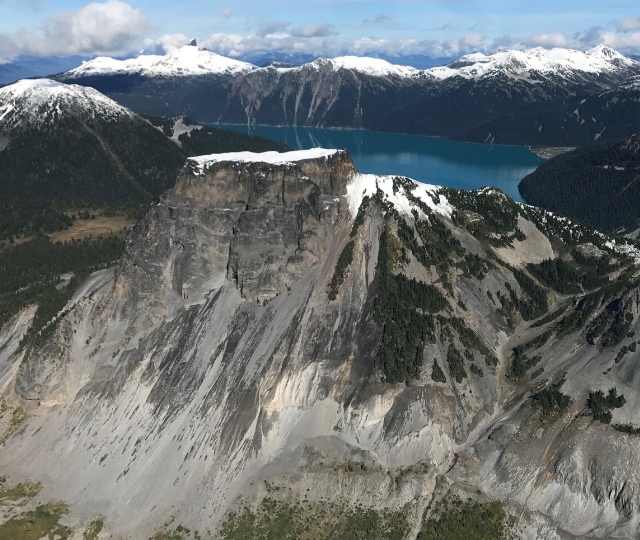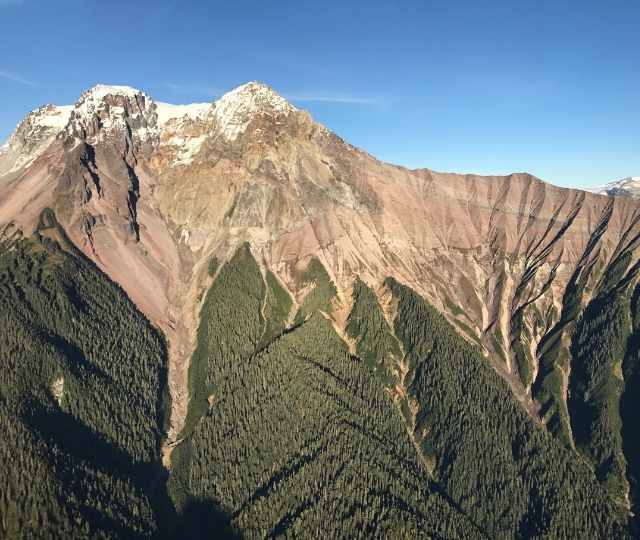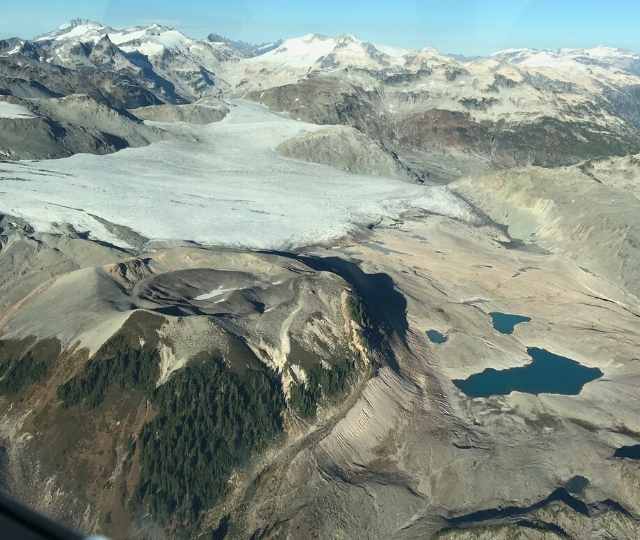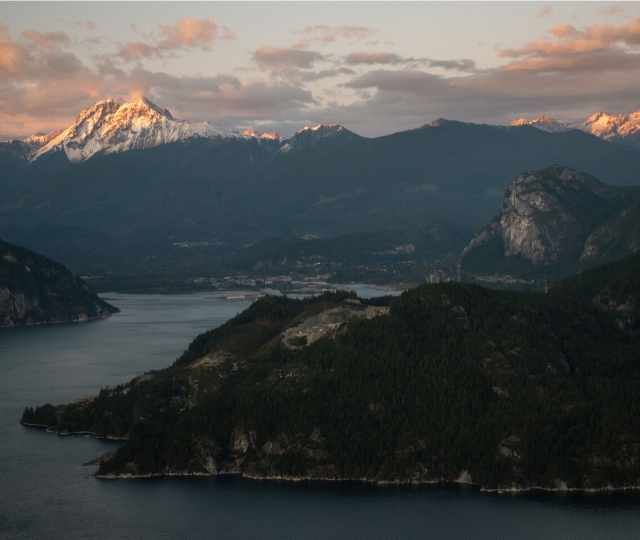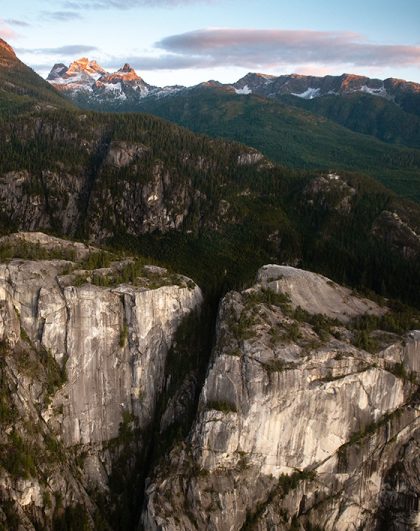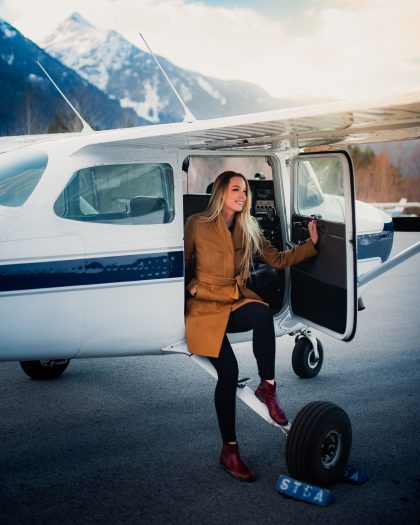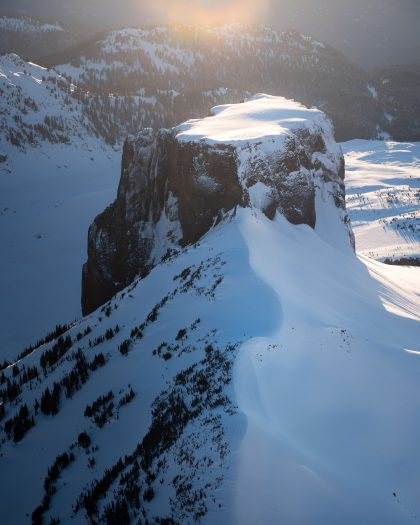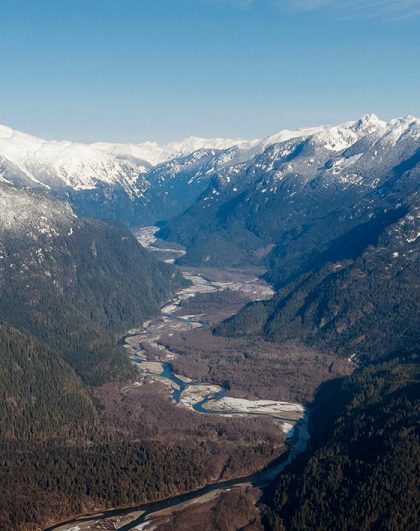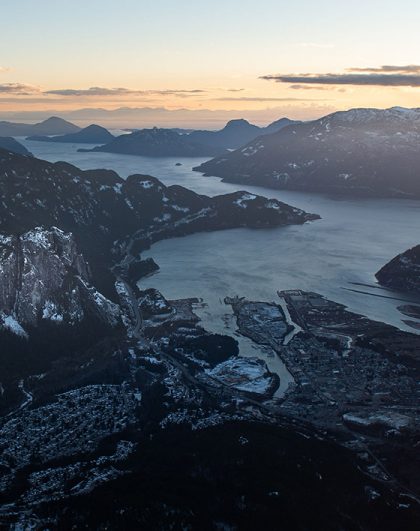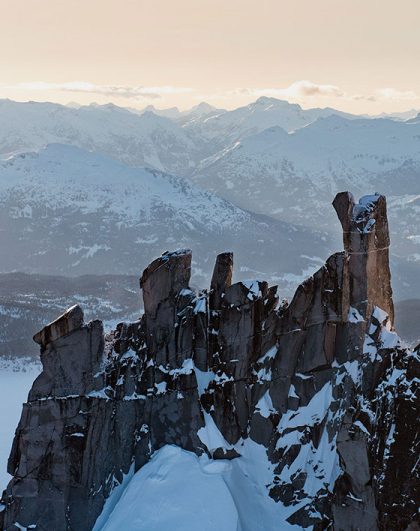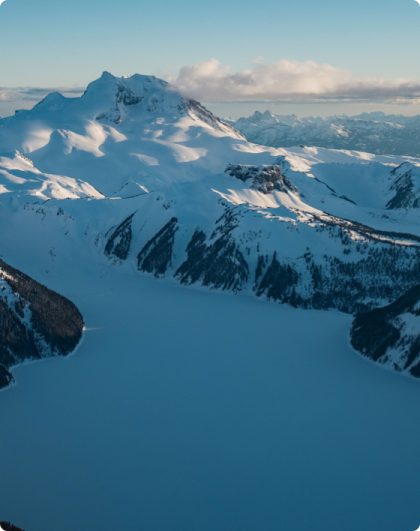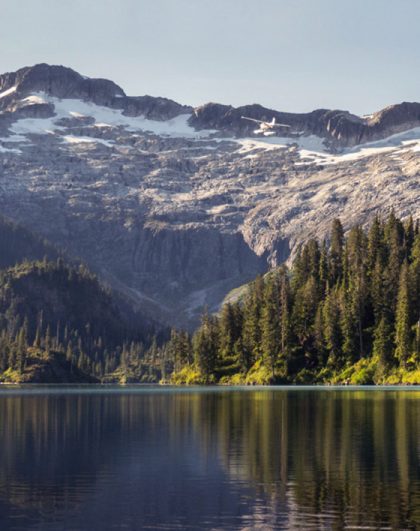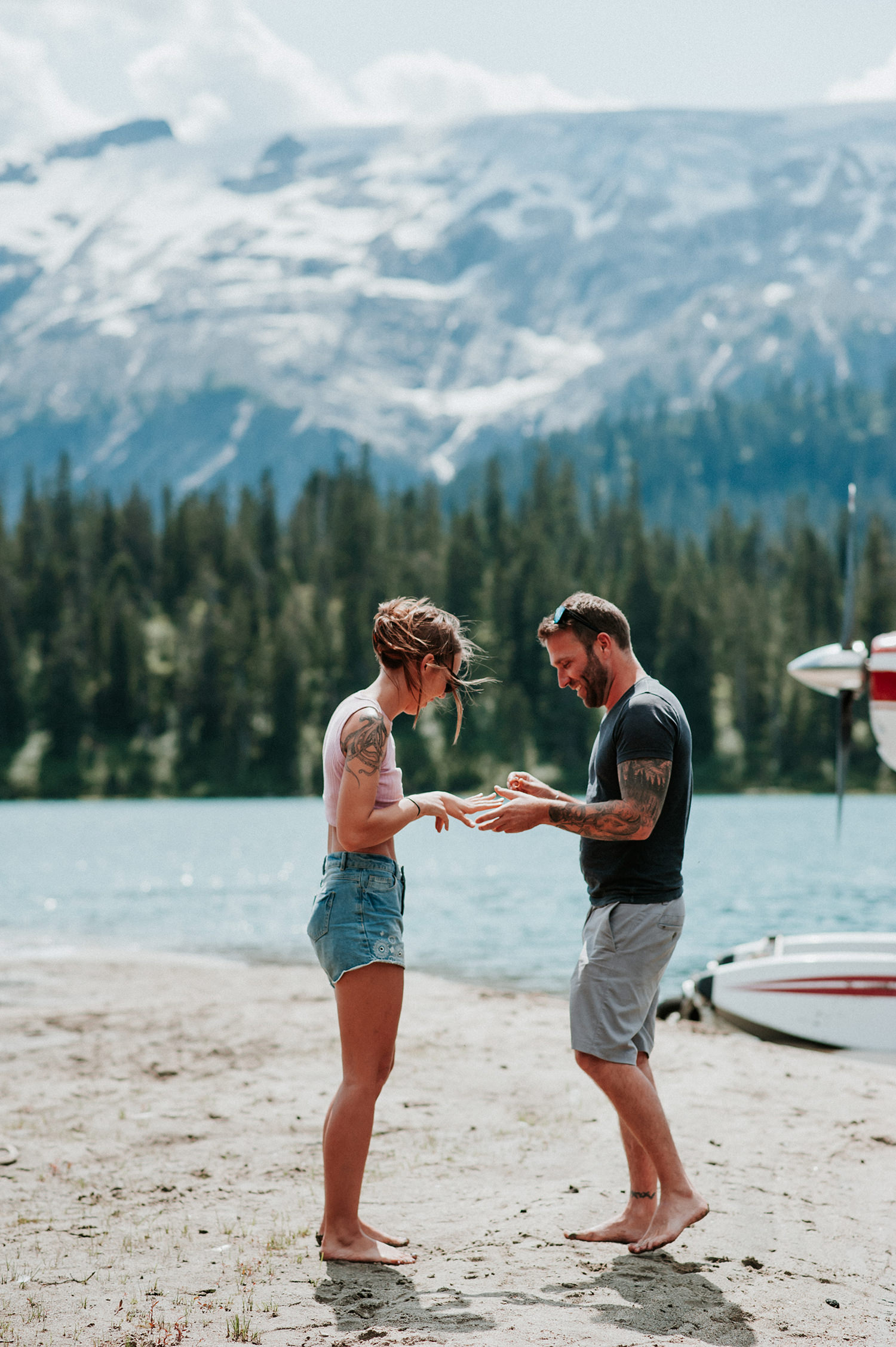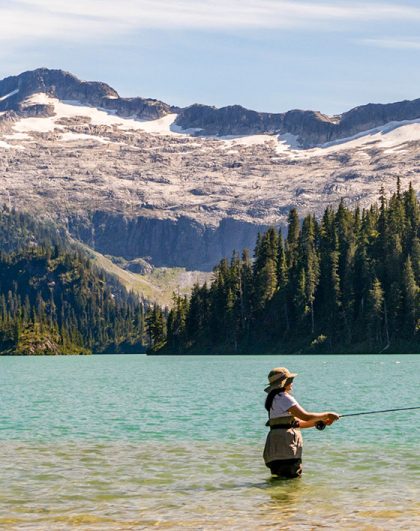The terrain surrounding Vancouver draws millions of travellers each year who want to explore southwestern BC’s vast array of outdoor activities. But, few who visit know the explosive history of our region, and even fewer know that the valley they are walking through or the mountain they are hiking up was probably shaped by volcanic eruptions.
The last volcano to erupt in the Cascade Range was Mount Saint Helens in Washington, in the United States in 1980. While there hasn’t been an eruption in BC in recent history “Is there a volcano in Vancouver?” is still frequently Googled by residents and visitors to the Sea To Sky region. Here’s the answer, and it might not be exactly what you expected.
You may (or may not) be disappointed to hear that there are no volcanos in the City of Vancouver – phew, sort of.
But Vancouver is in volcano-country. The Cascade Range (also known as the Cascade Mountains) which makes up part of the Pacific Ring of Fire, is a 1,300 km chain of volcanoes extending from California to southern British Columbia that has been erupting in intervals for around the last 29 millions years.
There are two dormant volcanoes within driving distance of Vancouver that have the potential for eruption, those are Mount Garibaldi in Squamish and Mount Baker in Washington, and there are 14 dormant and extinct volcanoes within 100km of downtown Vancouver. Here they are:
14 volcanoes within 100km from Vancouver
At first glance the Coast Mountains might seem like regular peaks, but now you know what’s really under the surface, and theres no better way to take it all in than on a flight.
Resources
Cannings, R & Cannings, S (2015) British Columbia: Natural History of Its Origins, Ecology, and Diversity With A New Look At Climate Change
National Geographic, Ring of Fire, http://nationalgeographic.org/encyclopedia/ring-fire/
Wikipeadia, List of The Cascade Volcanoes, https://en.wikipedia.org/wiki/List_of_Cascade_volcanoe
Photo credits
Ian Harland Photography
Sea To Sky Air Crew
